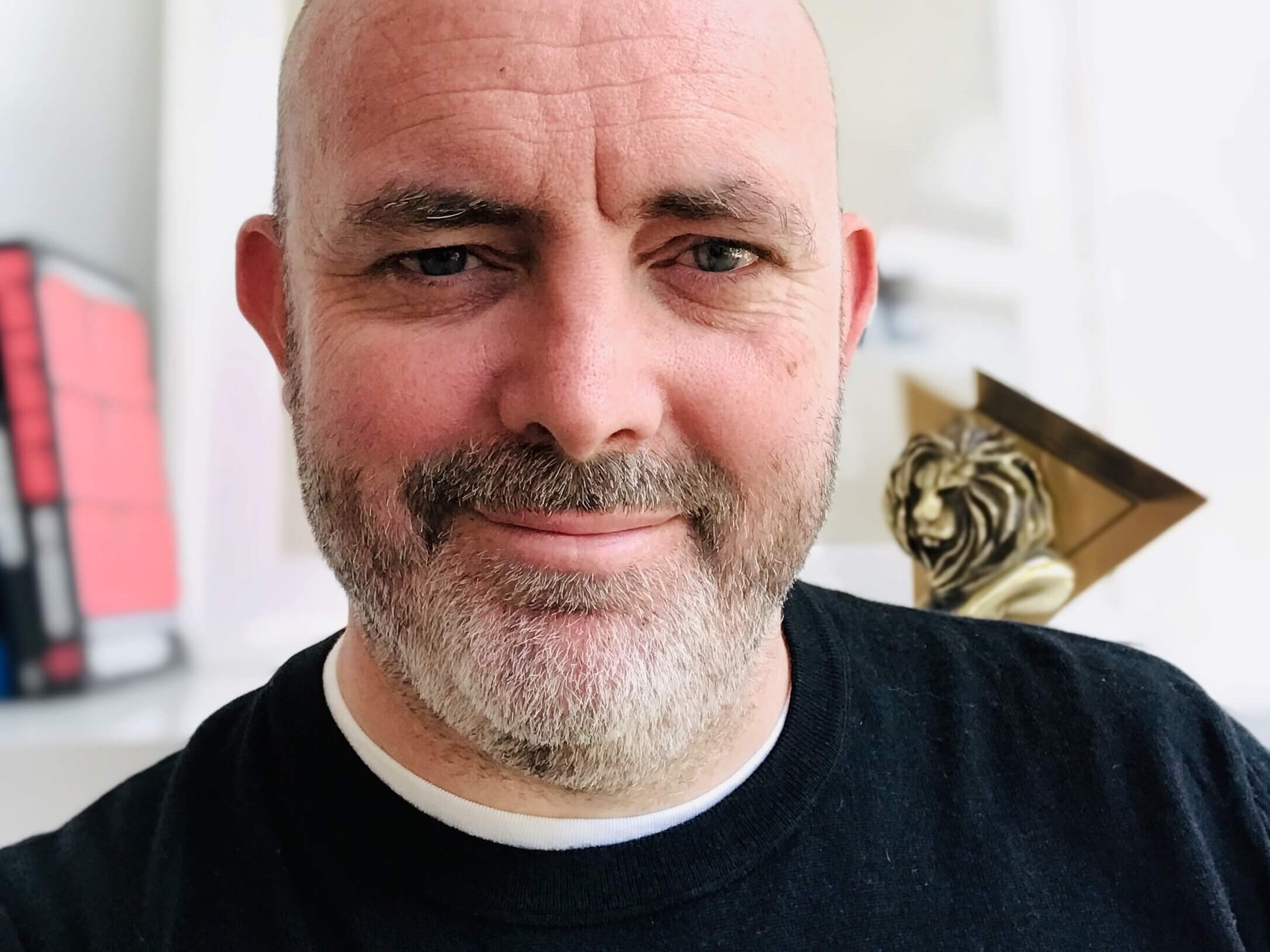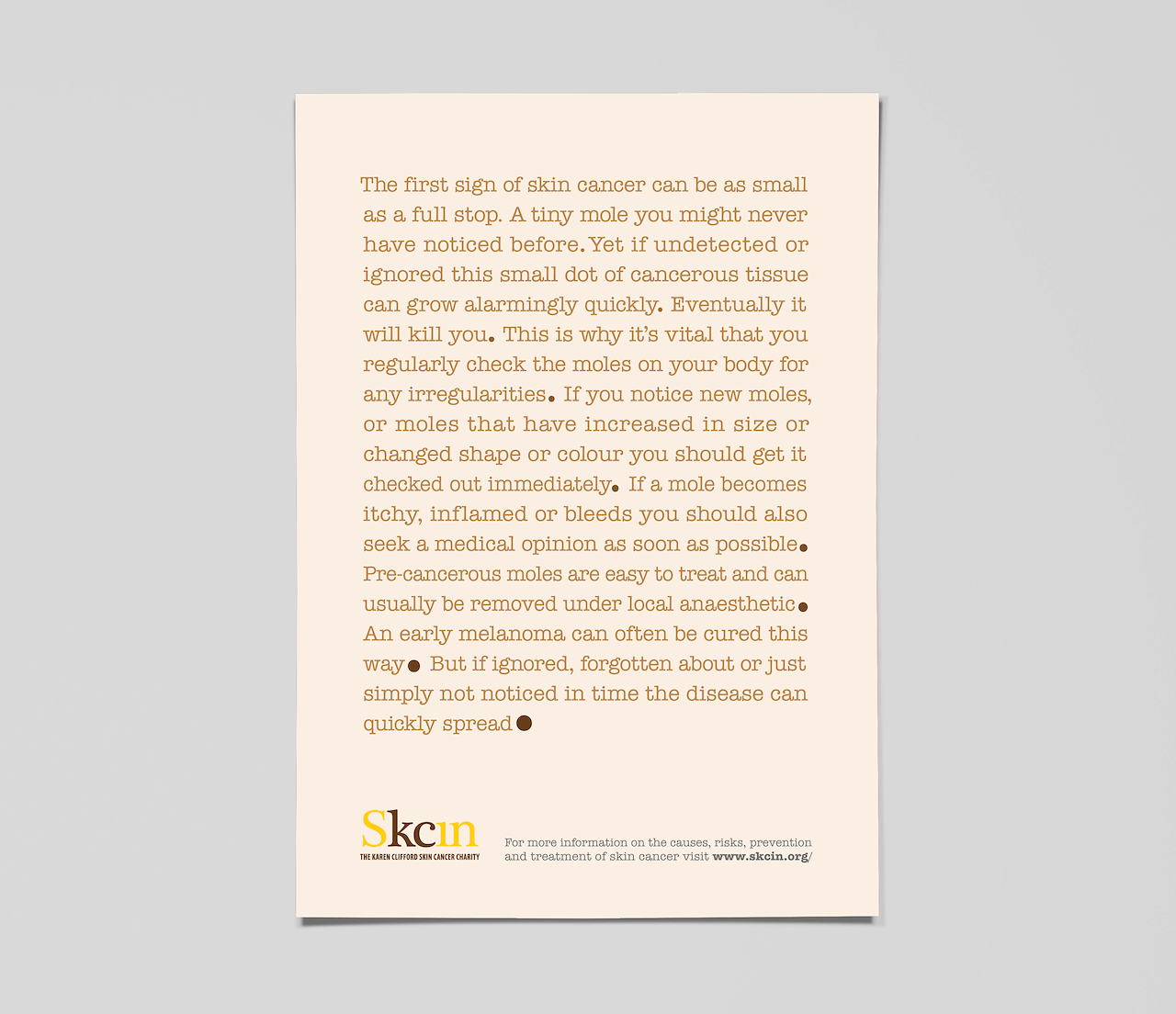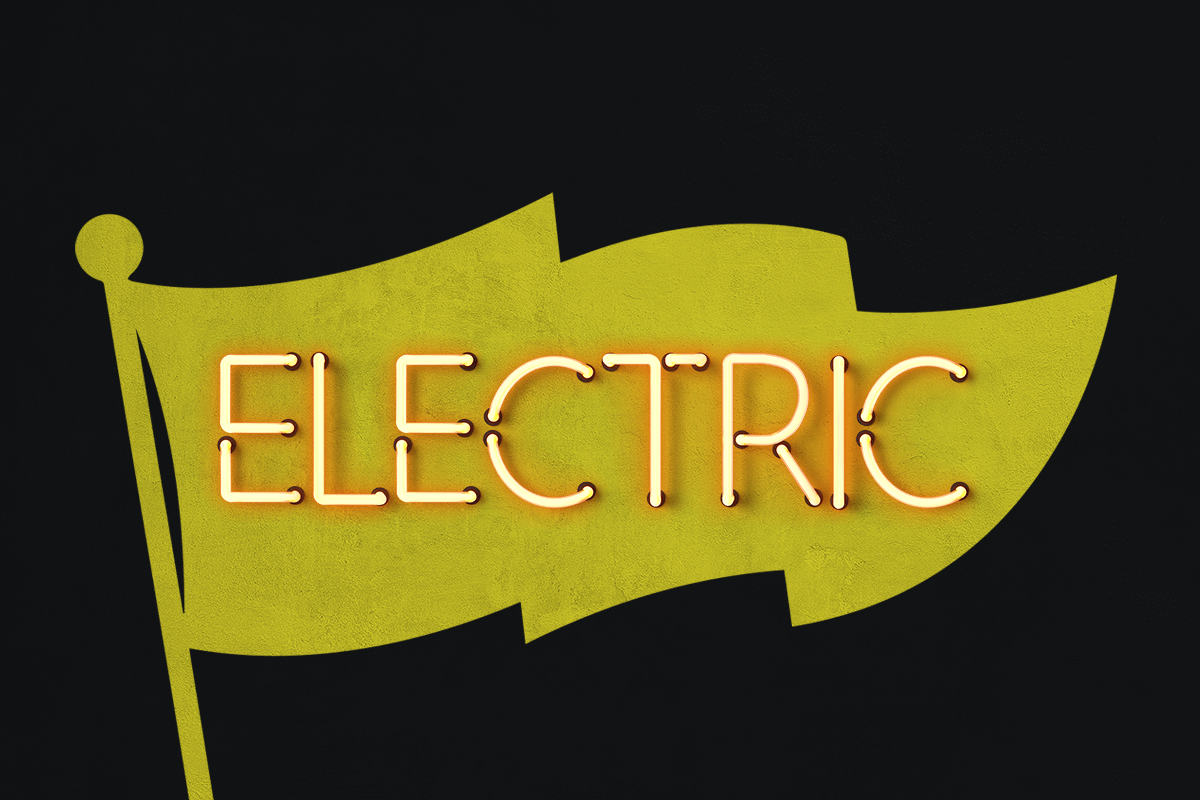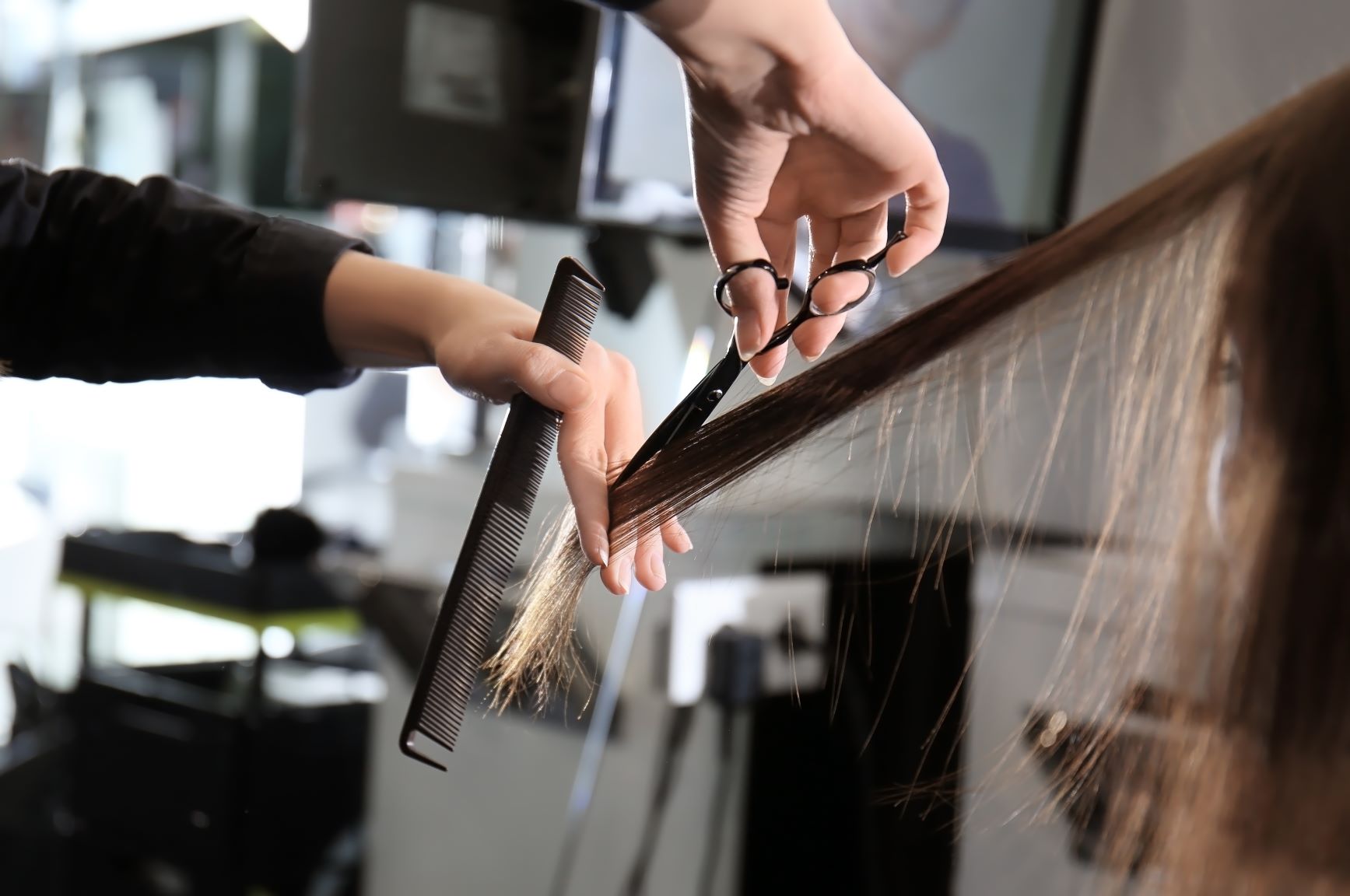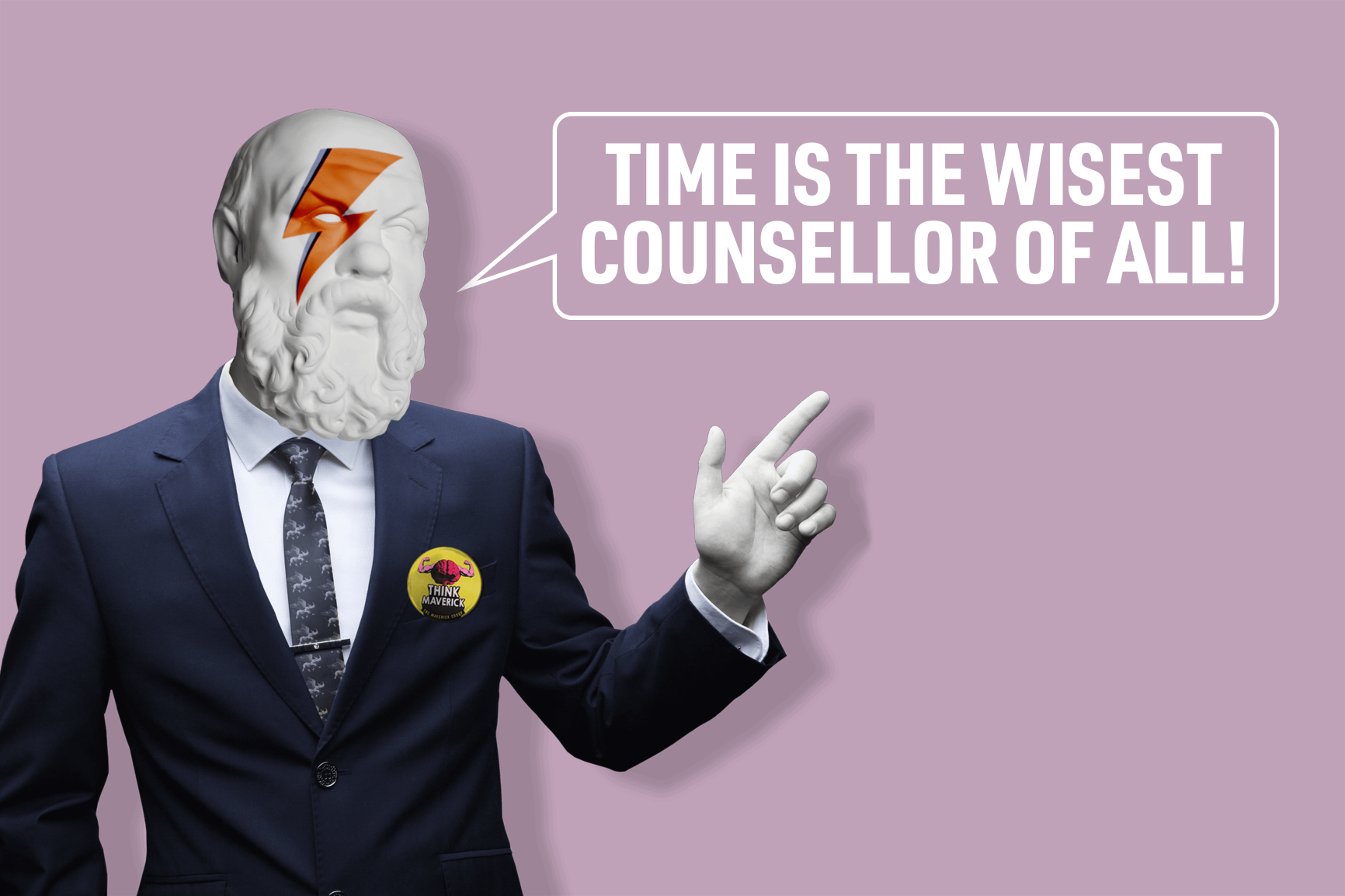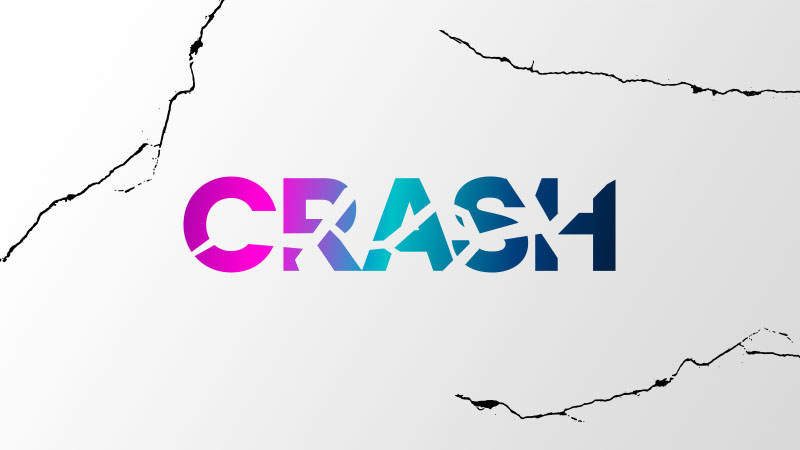Who puts the maverick thinking into the Maverick Group? Who banishes mediocrity by coaxing extra creative brilliance from achingly talented teams? Meet Jamie Bell, one of the beacons of originality who lights up the soul of our business. In the first of a series of interviews with the Maverick crew, we’ve posed our ECD a few searching questions. Jamie, over to you.
How did you get into Creative?
To answer that, I need to rewind to before I went to college. I was lucky to have two grandads to fuel my creativity. My maternal grandad (Ron) on my mother’s side was a brilliant doodler. Not a trained artist; he just had a natural aptitude. From as early as I can remember, he would cut up little pieces of paper that he would keep inside an Old Holborn tobacco tin with a stubby little pencil. Any time he saw something that captivated me he would draw a little doodle of the scene with me in the middle: me in the A Team van. Me in Al’s Diner from Happy Days. Me riding on the back of Poncharello’s highway patrol bike from CHiPs. All these brilliant little drawings that smelled of tobacco. He died when I was 10 but the idea that drawing could take you anywhere stayed with me.
My paternal Grandad (George) didn’t have an artistic temperament whatsoever, but he did have access to a goldmine of ideas: AKA the rubbish dump. My grandad ran the local civic amenity site, which to me and him, was a goldmine of discarded treasures: old Victorian kettles; damaged antiques; broken toys; scrap metal that could be touted for pocket money; model battleships; old bikes that could easily be back on the road with only a lick of paint and a squirt of WD40; old books by the skipful; a Tommy’s trench sketchbook from World War I; old vinyl records and 8 tracks; and factory seconds (pretty much all of my trainers came from the dump, including a particularly beloved pair of Pony high tops when I was 9). The dump was a King Solomon’s mine of peculiarities, with me wading amongst it like a scuff-kneed Alan Quartermain in old wellies. My Grandad taught me that there is value in everything, and everything can be golden. My ability to see this value in everything has been, I believe, a key part of my ability to make the connections you need to make to have ideas.
Add that to two years at Art College and three years at Bucks Uni – which at the time was probably the most famous Ad School in the world – and you have the foundation for a life coming up with ideas.
What work are you most proud of?
I’m proudest of the work that’s a milestone in my career. The British Army (my first award as a student from D&AD). Fairy Liquid rocket (my first TV ad). Ben Sherman (first award as a paid creative). Jaguar XKR (first DMA). Michael Arnold (first time in D&AD). Court Security (first Lion). Green Tomato (first Lion as a Creative Director).
These are the pieces of work I remember instantly because they are career landmarks. They helped me retain the determination I needed to work through the advertising boot camps of Dave Trott, Tim Mellors and Steve Harrison. But milestones aside, if I had to pick my absolute favourite piece of work, it would be Skcin – The Karen Clifford Skin Cancer Charity. A really simple idea that my copy partner Iain and I knew was amazing the second it hit the pad. It was a long copy ad where the full stops grew at the end of each sentence, highlighting what to look for to prevent melanoma skin cancer. It mattered a lot, because it was a cause with no money, just a desperate founder that had set up a charity in his wife’s name because he didn’t want anyone to die as painfully as his beloved Karen had. We worked on it for free. The agency paid for the media putting it on the back cover of every Evening Standard, CityAM and countless other magazines. The campaign sent awareness through the roof and donations came flooding in. Skcin is now the go-to source of information for all things Melanoma. And I helped make that happen, along with a brilliant team of doers that pulled out all of the stops.
You’ve picked up so many awards during your career, what’s the one that stands out for you and why?
The one award I appreciate the most was my first Lion as a Creative Director. I’d just taken over the Creative Director role from industry legend Steve Harrison.
It was like stepping into Manchester United after Ferguson.
My copy partner thought I was mental. Steve H knew it was a risk putting me in the role. I was one of the youngest in the department and not the most prolific award winner at that point. I had a nice little tally, but the offices either side of me both housed teams that had won the Cannes Lions Grand Prix. But while they were great at having ideas, they were not the greatest at bringing them out of others. But I had always been great at nurturing the younger talent, adding that extra 10% to help their ideas go from nothing to something; from good to great. The first brief I steered as a box-fresh CD was for GreenTomato Cars. As well as CD, I helped Art Director the work as the only creative in the agency with Mac training. The work that we did on that first brief went on to feature in D&AD and win a Bronze Lion, my first as CD. Every award I’ve won, gold, silver or otherwise, sit in a box in the loft, except that one, which lives on my bookshelf as a reminder of what I can do when I put my mind to it.
Why did you decide that The Maverick Group was a good place for you?
Most creatives find their niche and stick to it. TV creatives stick to TV through hell and high water. DM creatives are fold or die. Same for digital, social, PR natives. People find their lane and stick to it like a granny driving along the M4. I was never like that. Tell me to turn left I wonder where turning right would take me. Same with creative. In the early days, I’d be given a brief for a TV ad or print campaign and come back with what they asked for, plus a website, a PR stunt, a guerrilla idea, or some other peculiarity that would have my CD’s forehead sweating. A good example of that being the first website Grey London ever made, for Mars, when the brief that landed on my desk was for three press ads and a billboard. If there is a better, more impactful way, I will always find it given the right amount of time.
I felt this same spirit at Maverick: that there is always a better way to do things. In Maverick, I found an agency where thinking outside of the box was the norm rather than the exception.
But I could tell there was still plenty to get my teeth into. Because I don’t like joining agencies that are the finished article. I like exciting agencies that are still on a journey. At Maverick there is brilliance but still plenty to do, because 20 years after founding the agency, Owen and Carron still know there is opportunity to grow and be more. While most agency founders would have either settled or sold up, Maverick’s founders are still pushing forward. It’s like working in a 20-year-old start-up. It’s a brilliant challenge, and that is what ideas are all about.
What are you hoping to create with Electric, the Maverick Group’s new advertising & comms agency?
With Electric I want to create an advertising and engagement business that takes only the best ideas from the industry and none of the old baggage. Having worked either in or alongside every top 10 agency in London, I know that there is a lot of nonsense about the industry that we and our clients can do without. There are however, a handful of agencies trying to re-write how agencies work, how collaborative they can be and how multi-channel they can think. I want Electric to be the best of this rare breed. In a world where consumers have more control than ever over when and where they engage with brands, I want us to be the creative hotshot with an unrivalled arsenal of experience to help us engage every single customer in the most effective way possible. We will use big ideas and creativity to do what it is best at, to solve problems. We’ll put outcome before output. In short… the brakes are off.
What are the biggest challenges that face the creative industry?
The biggest challenge facing the industry is of our own doing. We are the experts at what we do. Yet, as an industry we have begun to underplay our expertise at every turn, out of fear that pride in our experience and sticking to our guns will scare clients away. It is a bizarre paradox, because clients don’t work with agencies to do the agencies a favour, they work with agencies because they need to plug into the expertise that agencies have to offer.
To use an odd analogy, let’s talk about my wife’s latest hairdo. As a successful TV Producer my wife needs to look the part, you can’t being having meetings with the LA bigwigs looking like Worzel Gummidge after all. So once a month she visits a boutique on Regent St called FOUR LONDON, which also happens to be the salon of choice for an armful of celebs. Everyone that works there is top of their game, the stylists and colourists have all trained at the best salons and are regular award winners within their industry. They know their stuff better than any, which explains the price they charge and the VIP client list. On a recent trip to FOUR my wife decided that after years of the walking out with a similar style that she wanted a bit of a change up. She had a sudden urge for a fringe. Something that Tom (or Lovely Tom as Emma calls him) her stylist of over 10 years stridently disagreed with. He asked her why she wanted to change. He talked her through a variety of non-fringe options that, based on his expert opinion, would deliver the look she was going for, while also working with her hair type and face shape. But she held firm. After all, it’s her hair and she is the one that pays the bill.
This is where Lovely Tom did something that can teach all agencies a lesson. He walked out of the salon. He then returned 5 minutes later with a handful of business cards of other local salons, without the VIP client list, without the reputation, without the awards, but all that would be a little more willing to just do as they are told without question. He gave her the cards, and suggested that if she really wanted a fringe cut in that any one of these would be happy to do it no questions asked, and that she should feel the freedom to head to one of them instead. He even offered to call for her a make the booking. But if she wanted her hair styled in the best salon in town then she might want to listen to what they have to say. She stayed. She listened. She chose one of Lovely Tom’s suggested styles. And for the last three weeks she has been telling me that it is the best haircut she thinks she has ever had. She has even called him since to tell him just how lovely he is.
It’s super simple isn’t it. Now let’s swap out my wife for a brand, and her hair salon for an agency. The conversation that arrives at the ‘best haircut ever’ is also the conversation that arrives at the most impactful creative work. The client goes to the agency because of their reputation, skill, and experience. They are willing to pay a premium for that expertise. They tell you what they want to achieve and then listen to the advice that comes back. They then choose from the options presented, or they can ignore all of that hard earned experience, dig their heels in a go somewhere else. They can choose to stay put, or take one of the other business cards and head to an agency less interested in doing the best job and more interested in just taking their money. But the latter is the current industry trend. We underplay our expertise, do as were told, charge less, and call that a good day at the office.
Personally, I think Lovely Tom had the right idea. Because he trusted his expertise. He knew that what was being asked for was the wrong solution. He protected both his client and the reputation of the salon, knowing that clients can be replaced, but reputation is much harder won. Forget ‘Go big or go home’. If our industry is ever going to make the most of the expertise we have to offer, the new saying we should all aspire to needs to be ‘sit and listen or leave the salon’.
Who are the people in the industry who really inspire you?
I have always admired the people that stick to their guns and fight relentlessly for the big idea.
The creatives that keep going until the clock runs out to get the best ideas possible. The client service teams that know how to fight for time and money to help us do the best job we can. The strategists who find something to put in a brief the nobody else knew was there. The Creative Directors that fight to give their teams the time and support they need while also keeping every single Art director, Copywriter and Designer focussed on making every ad better than the last. They are a dying breed but they are out there. In the old days it would have been Dave Trott, Dave Buonaguidi, Steve Henry, Robert Campbell, Tom and Walt. These days it is Dave Droga, Dave Day, LJB, James Murphy, Guy Bradbury, Charlotte Prince, Loriley Sessions and a fistful of others (hopefully me included). But they are a much rarer breed than they once were.
What’s the best advice that you can give anyone wanting to become a Creative Director?
As Creative Director the creative buck stops with you. If the work is average that is because you allowed it to be. If it’s brilliant it is in part because you gave people the tools to ace it. Of course, unless your name is above the door you are always limited in how hard you can put your foot down, but put it down you must, because the CD can be either the catalyst of brilliance or the architect of mediocrity. Without a fight in your belly, it will always be the latter. But the best way to have more brilliant days than ‘meh’ ones is to only hire people with brilliance in them and inspire them to use it daily.
Truly creative people are naturally curious, so inspiring them is a pleasure. I have several go-to ways to inspire creatives.
- First there is my Creative Handbook (more on that in the near future). All of the tips and tricks I’ve learned over 23 years of banging my head against the industry wall.
- Second, there are my weekly thought pieces (our internal AdSchools). My team might not always like the work being shown, but it creates debate, gets people talking about ideas, and develops an understanding of where the great ones came from.
- Third, there is my library. I have always encouraged agencies to have a well-stocked library of book from every corner of creativity. Because being creative begins with a well-furnished mind.
- Fourth, is the instruction to ‘Get out’. I actively encourage people to get up, get out, and explore. Galleries, exhibitions, museums. The more you see and the more you do the more experiences you have to draw from to fuel your next big idea. It’s a well-documented behaviour. Beethoven, Brahms, Einstein, Tarantino. They all made this mental exploration key to how they work. So I ask people to get out and be inspired.
If the team fail to feel inspired or informed, the work will be equally uninspired. And we can’t have that now, can we?
What is the best piece of advice you can give to clients that want ideas that really stand out?
The easiest question of all to answer. Give us time. As Pericles said over 2,000 years ago “Time is the wisest counsellor of all.” A sentiment echoed by golfer, Gary Player, who said “The more practice I put in the luckier I get.” And there is science behind it.
In my Creative Handbook there is a section on brain waves. More accurately, which brainwave is most conducive to having big ideas. The two key brainwaves to remember are Alpha and Beta. Alpha is all about depth of thinking, as these are the waves that dig deeper into memory and help ideas rise to the surface. Beta is the productivity wavelength. All about getting stuff done, not about digging deep. Beta is where the mediocre agencies draw the line. They find something ‘good enough’ and move on. Great agencies aim for Alpha, because they are always on the hunt for the best idea not just the first one that will ‘do’. Because digging deep is where great ideas come from. It’s what the brilliant James Webb Young labelled ‘The Extended Effort Principle’. That’ll do will never do, is one of our six behaviours after all. So, give us the time to dig deeper and the quality of ideas will demonstrate why it was the right decision. And if you need some advice on how long is long enough, just ask. I don’t bite. My favourite artist is a brilliant wood block designer called Anthony Burrill. And the extended effort principle is the reason I have his PERSISTENCE IS FRUITFUL poster hanging above my desk. Because brilliant ideas are worth waiting for.
So, there you have it: a big dose of pure Jamie Bell. If anyone’s approach encapsulates ‘Think Maverick’, it’s our ECD’s. Alpha waves are what propel us to strive for bigger, brighter lightbulb moments, when everyone else has given up and gone down the pub. If you’d like to meet more of our maverick maestros over the coming months, do stay tuned.
